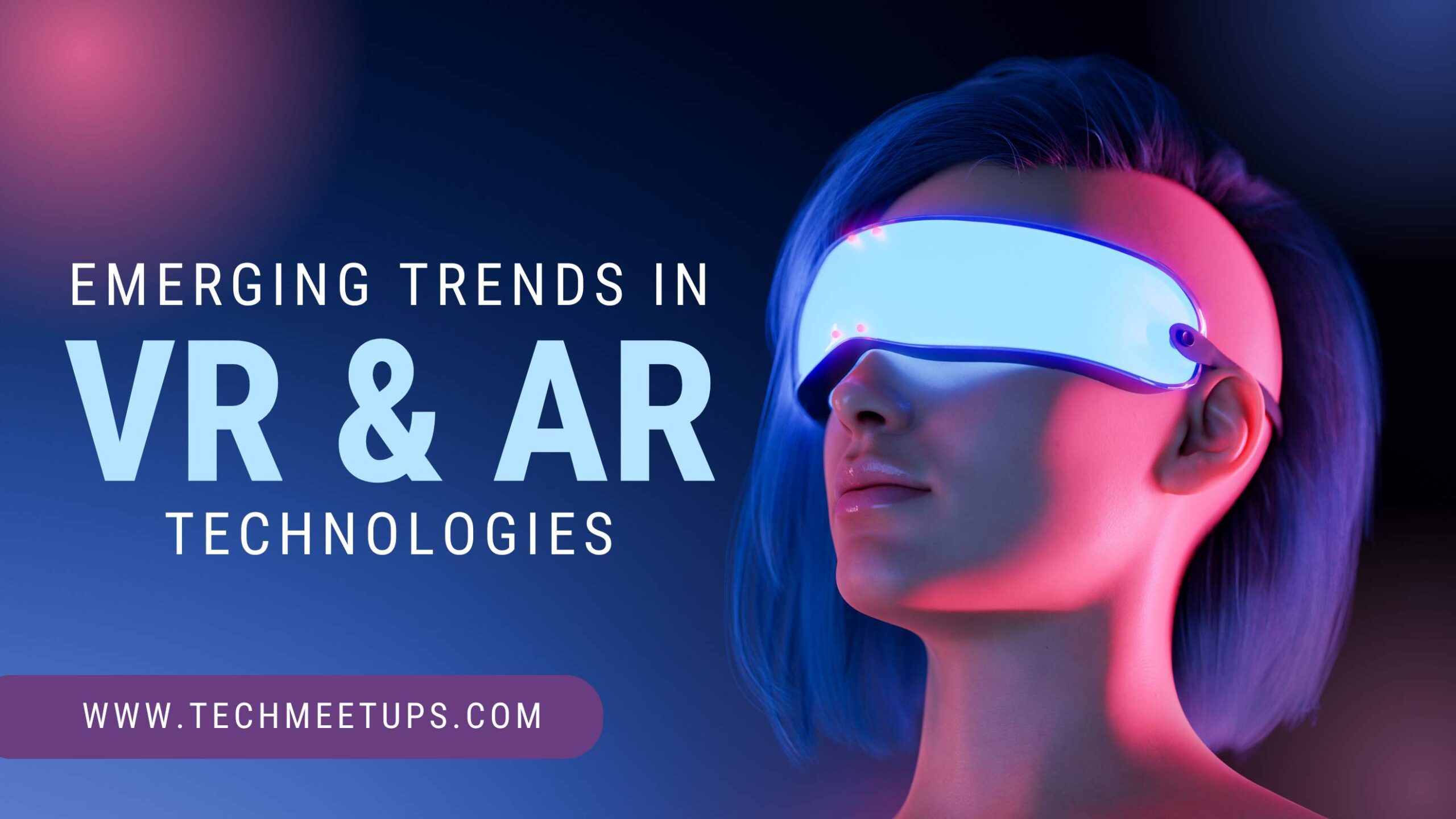In the whirlpool of rapidly advancing technology, Virtual Reality (VR) and Augmented Reality (AR) have emerged as two of the most exciting fore-fronters. These game-changing technologies are redrawing the boundaries of interaction, immersion, and innovation, promising to transform the world as we know it.
Virtual Reality, often denoted as VR, takes us to an entirely new dimension by creating a computer-generated artificial environment. It enables users to dip into a simulated three-dimensional world, offering an immersive experience where our normal physical reality is replaced by the virtual counterpart. VR has the distinctive ability to transport the user into entirely new locales, all while they remain within the physical confines of a single location.
Parallelly, Augmented Reality, commonly referred to as AR, overlays computer-generated content onto the user’s real-world environment, effectively ‘augmenting’ their reality. Unlike VR, AR complements and modifies our existing reality by superimposing virtual objects into it rather than replacing it. It bridges the gap between the physical and digital world, providing a “mixed reality” experience.
Amidst the digital transformation, VR and AR have ingrained their importance in industries today. From Medicine to Automotive, Education to Retail, Construction to Entertainment and beyond – VR and AR have opened up new vistas for interactive, engaging, and efficient solutions. With their rapid growth in utility and popularity, they’re certainly more than passing tech trends; they represent the forthcoming era of technological immersion and interactivity.
This blog post aims to explore the dynamic world of VR and AR technologies, offering detailed insights into their emerging trends, innovative products, cross-industrial applications, and the future that they’re shaping.
Understanding VR and AR
In today’s fast-paced tech landscape, Virtual Reality (VR) and Augmented Reality (AR) are making groundbreaking strides. VR enchants us with immersive, 3D experiences in an artificial space, while AR enhances our reality by overlaying it with digital elements, crafting a “mixed reality”. Amidst this digital revolution, VR and AR are transforming sectors from Healthcare to Entertainment, cementing their role in the future of technology. This post delves into this exciting world of VR and AR, examining their trends, applications, and the future they are moulding.
Exploring VR Products and Uses Across Industries
1. NVIDIA VRWorks:
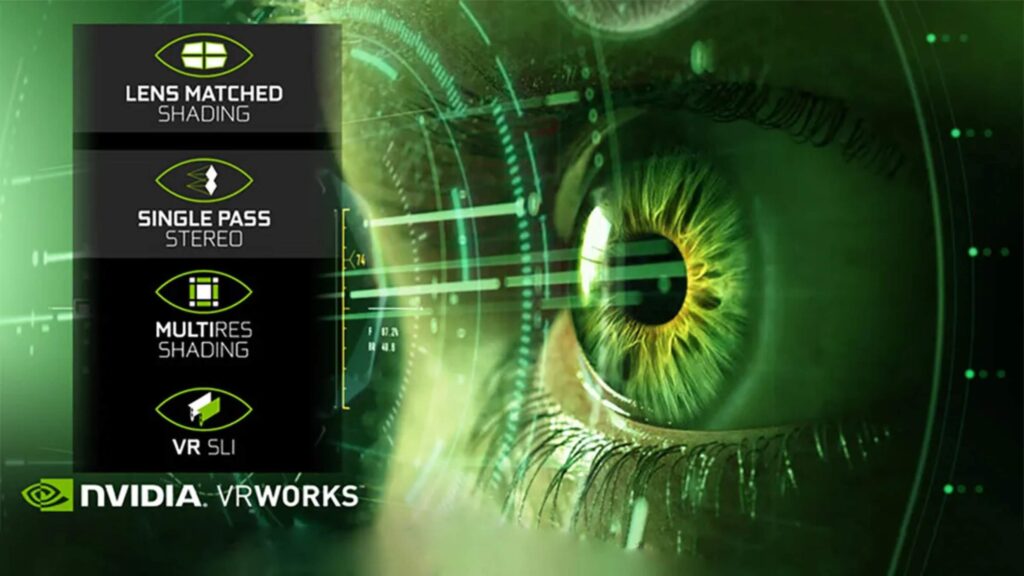
This is a comprehensive suite of APIs, libraries, and engines that enable application and headset developers to create amazing VR experiences. It’s primarily used in the gaming and entertainment industry to create immersive experiences.
2. Unreal Engine:
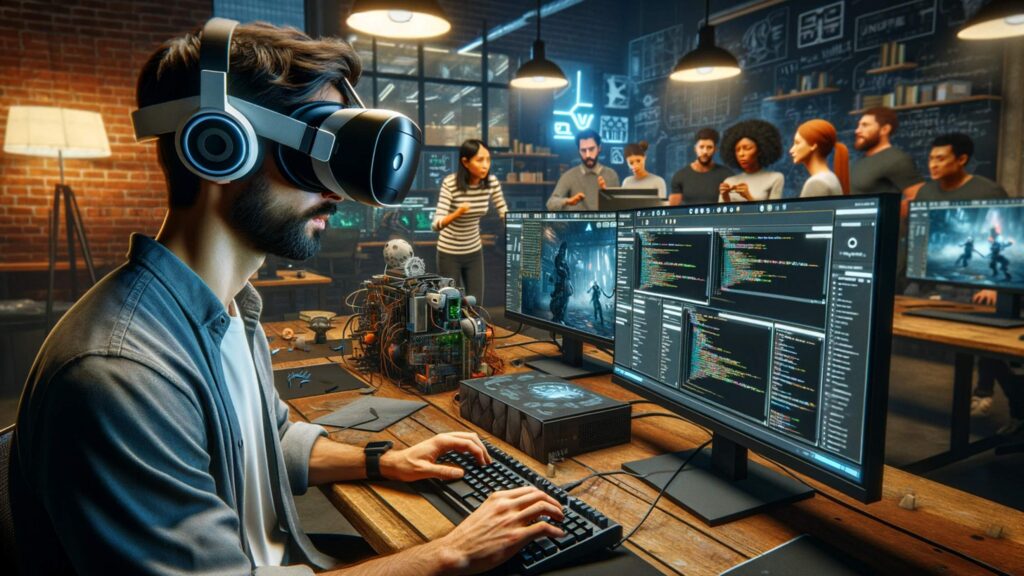
This is a real-time 3D creation tool. Industries from games to film to emergency response to architecture and automotive are taking advantage of this powerful platform to produce immersive experiences.
3. Facebook’s Oculus Quest:

The Oculus Quest is a standalone VR headset developed by Facebook Technologies. The increasing use of Oculus Quest in education shows the headset’s potential to revolutionize learning. For example, medical students use VR programs to practice surgeries, and some schools use VR to teach history or science.
4. Google’s Daydream View:
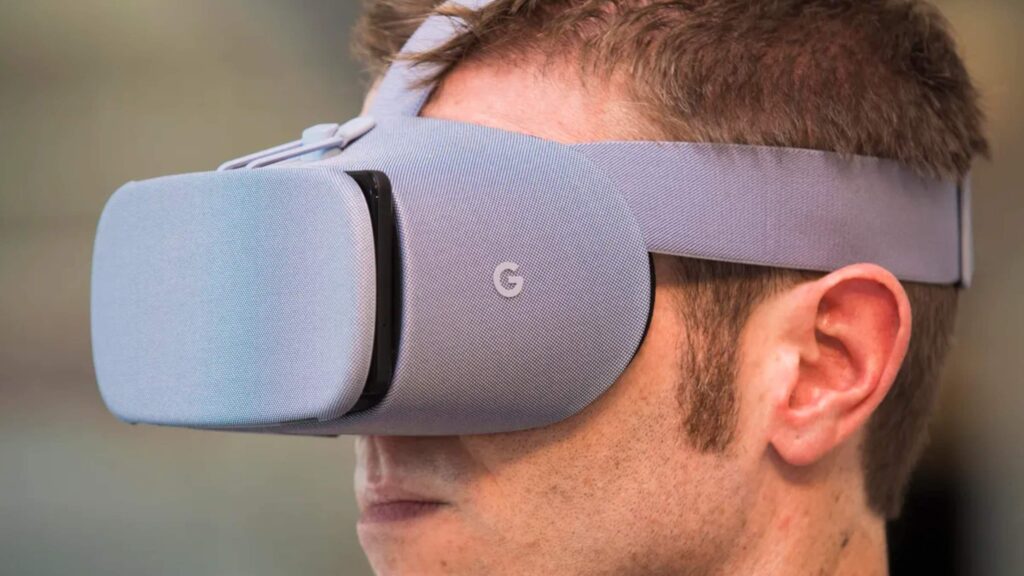
The Daydream View platform, developed by Google, offers high quality, mobile virtual reality. While the headset was discontinued, the technology continues to be used in various sectors, particularly in entertainment and for educational purposes where immersive, 3D environments add value.
5. Osso VR:
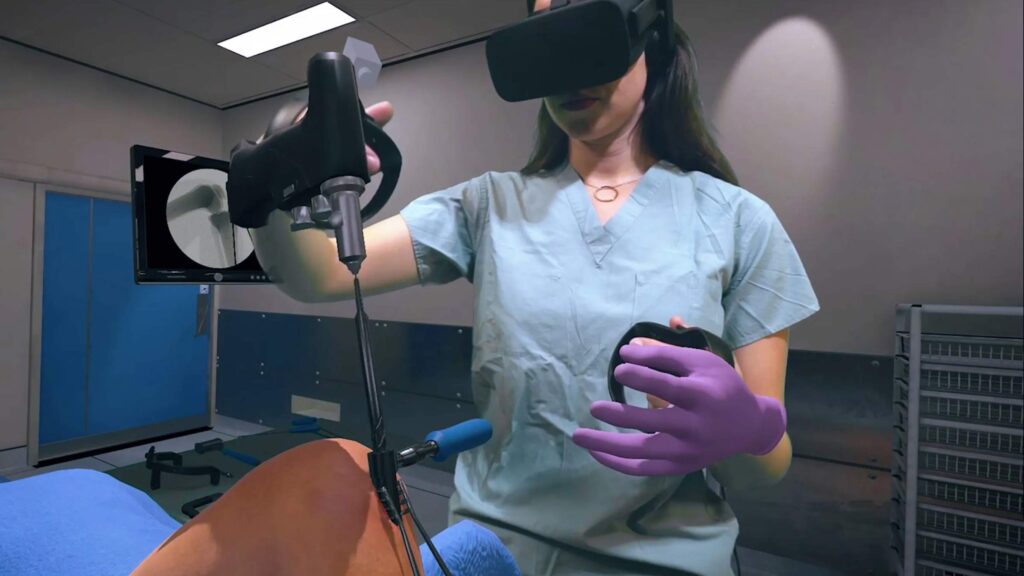
In the healthcare industry, Osso VR is leading the way. This surgical training platform is designed for healthcare professionals to practice procedures and to provide an immersive, haptic feedback rich training solution.
6. Precision OS:
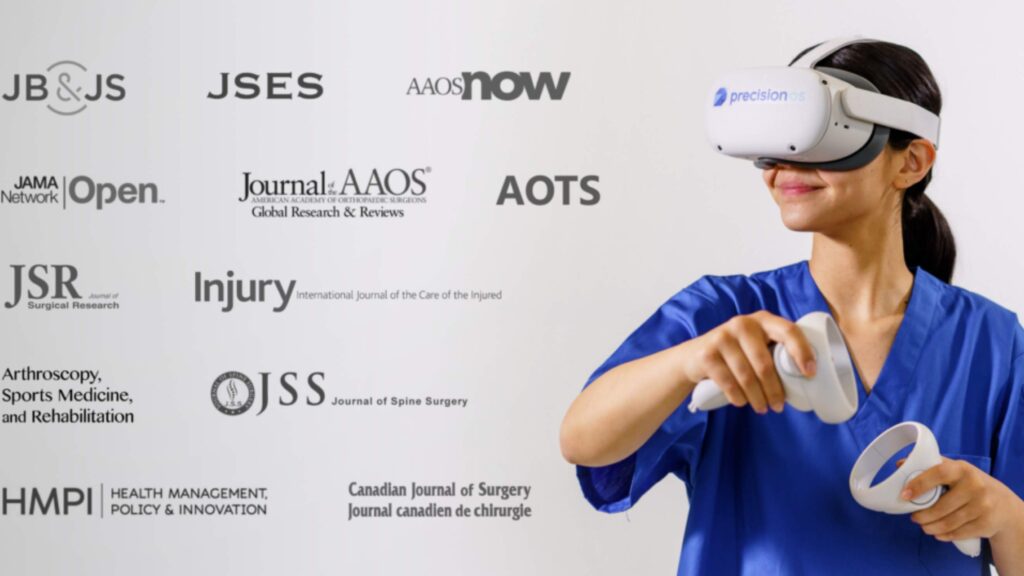
This is also used in healthcare, providing a high fidelity VR educational platform for surgeons to practice procedures and to understand the human anatomy in a fully immersive environment.
7. Lockheed Martin’s Prep and gamingar3D/Bohemia’s VBS Blue IG:
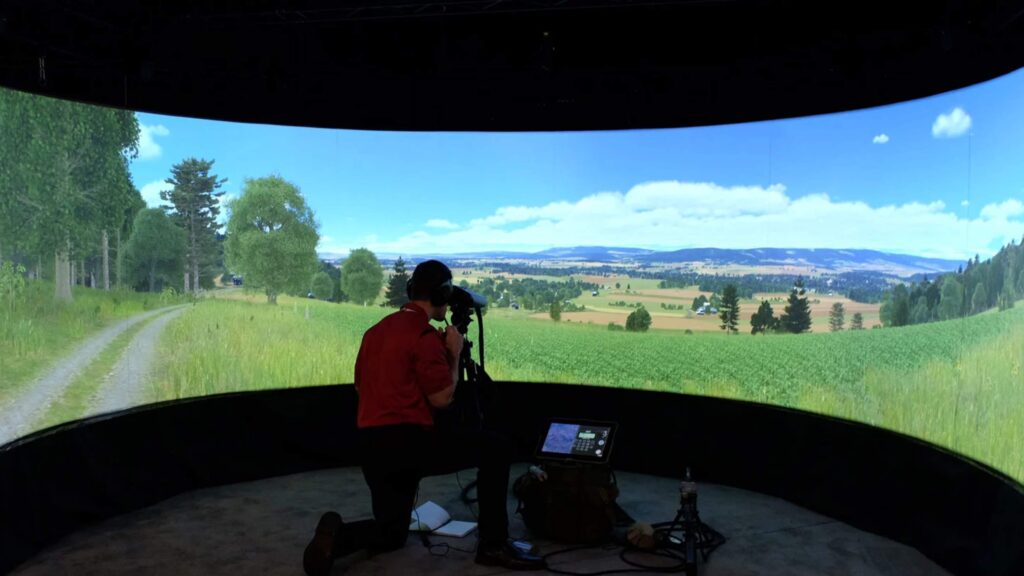
These are used for flight and field training in the aviation and defense industries. They offer highly specialized training in simulators that reflect real-world conditions, thereby preparing trainees for real-life situations in a controlled environment.
8. IKEA’s Place App:

This app is used in the retail industry for customers to see how furniture would look in their home before purchasing. The app is designed to give a highly realistic representation of the furniture size, design, and functionality.
9. L’Oreal’s Makeup Genius App:

In the beauty retail industry, this AR app offers customers the opportunity to ‘try on’ makeup virtually before buying. This interactive and immersive buying experience increases customer engagement.
10. Sony PlayStation VR:
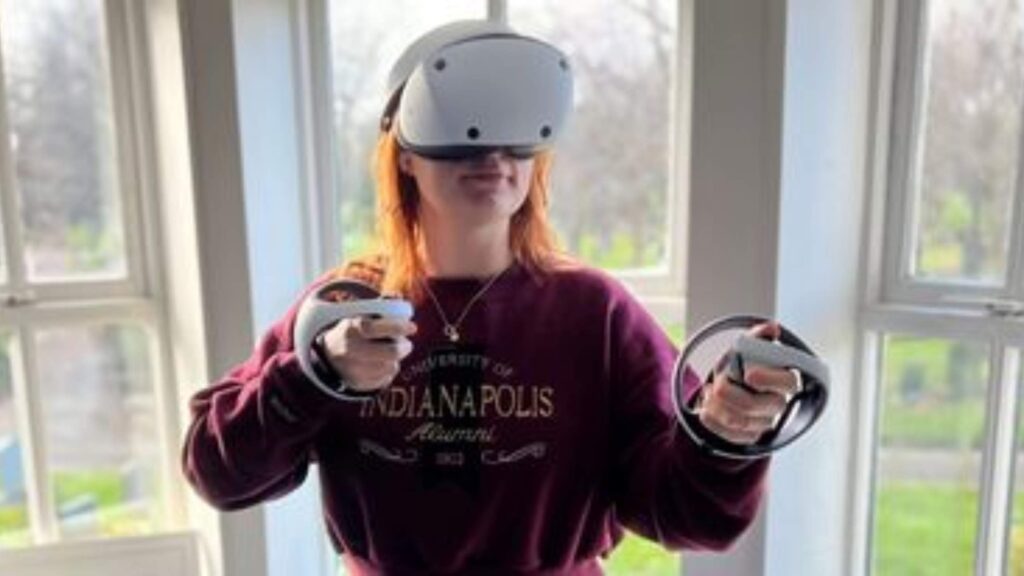
This device is one of the most popular gaming headsets out there. It works with the PlayStation gaming console to deliver a fully immersive VR gaming experience.
Key Factors Driving the Growth and Adoption of VR and AR Technologies
- Increased Usage & Accessibility of Technology: Advanced gadgets and smartphones are increasingly becoming available and affordable to the average person. These devices are often equipped with features that support VR and AR technologies, empowering users to engage with immersive experiences from the comforts of their home.
- Advancements in Internet Connectivity: The advent of high-speed internet and 5G technology has significantly contributed to the seamless functioning of VR and AR experiences. Superior connectivity enables instant data transmission, which is crucial for immersive, real-time experiences.
- Digital Marketing & Business Applications: Businesses are harnessing VR and AR to offer enhanced customer experiences. This ranges from virtual product demos to AR-powered shopping experiences — compelling uses that attract consumers and encourage them to engage with the brand.
- Increased Investment in VR and AR Developments : Big technological companies like Google, Facebook and Microsoft are investing heavily in the research and development of VR and AR. Advancements in these technologies are expected to skyrocket in the years to come owing to ongoing and future planned investments.
- Education and Training Simulation: Education and professional training sectors are heavily utilizing VR and AR technologies to enhance learning experiences. Applications range from immersive, simulated field trips to practical medical training in a controlled, virtual environment.
- Entertainment and Multimedia: Gaming, films, and general entertainment sectors are some of the largest consumers of VR and AR technologies. These sectors are using VR and AR to offer hyper-realistic experiences to customers.
- Real Estate and Architecture: VR is used widely in real estate to provide virtual tours of properties, while AR helps architects visualize their designs in the real world. This technology has streamlined the way property showings and architecture design works.
Conclusion
In conclusion, the ever-evolving fields of Virtual Reality (VR) and Augmented Reality (AR) are creating groundbreaking changes across a multitude of industries, making them an integral part of our daily lives. The gaming industry is leveraging these immersive technologies to build real-world experiences, while healthcare is utilizing them for detailed training and surgery simulations. In the tech job market, a multitude of opportunities, including Technology Careers in VR and AR, are opening up, indicating a vibrant and promising future.
As we continue to witness an upsurge in the use of AR and VR products across diverse sectors, the tech job market responds with an increased demand for talented individuals skilled in these areas. Not only do these immersive technologies promise to revolutionise how we interact with digital platforms, but they also create an array of job opportunities that promise rewarding careers in technology.
Thriving industries such as blockchain, artificial intelligence and machine learning, and data science reinforce this trend, offering a multitude of tech employment opportunities. These burgeoning fields present challenging as well as rewarding Technology Careers, contributing substantially to the dynamism and the vibrancy of the tech job market.
At the coalface of this digital transformation are roles such as Full Stack Developer Jobs, Web Developer Jobs, and DevOps Engineer Jobs. These positions are in relentless demand, owing to the industry’s need for comprehensive tech skills and expertise in coding. Challenging yet rewarding, these positions sit at the heart of the tech industry driving innovation and technological progress.
- Learn more about NVIDIA VRWorks Graphics at https://developer.nvidia.com/vrworks
- Learn more about Unreal Engine at https://www.unrealengine.com/en-US
- Learn more about Facebook’s Oculus Quest at https://www.meta.com/quest/products/quest-2/
- Learn more about Osso VR at https://www.ossovr.com/
- Learn more about Precision OS at https://www.precisionostech.com/
- Learn more about Lockheed Martin’s Prep and gamingar3D/Bohemia’s VBS Blue IG at https://www.lockheedmartin.com/ and https://bisimulations.com/
- Learn more about IKEA’s Place App at https://www.ikea.com/
- Learn more about L’Oreal’s Makeup Genius App at https://www.lorealparisusa.com/
- Learn more about Sony PlayStation VR at https://www.playstation.com/en-us/ps-vr/

